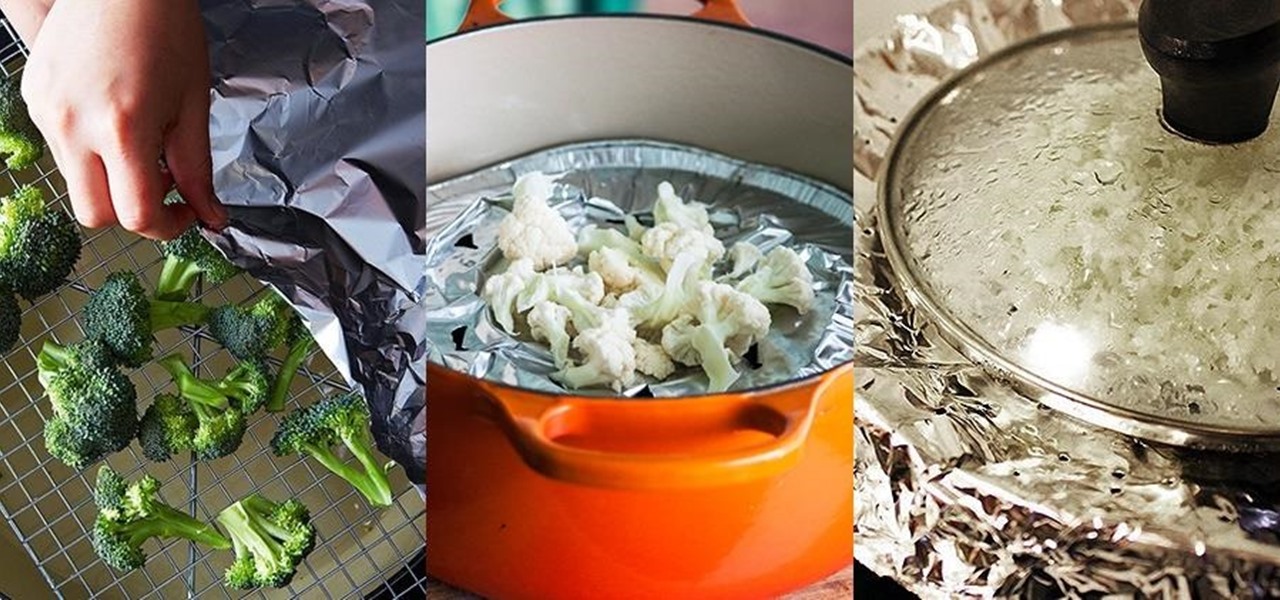

Articles
What To Use Instead Of A Steamer Basket
Modified: February 20, 2024
Looking for alternatives to a steamer basket? Check out these helpful articles on what to use instead, and discover new ways to steam your favorite foods.
(Many of the links in this article redirect to a specific reviewed product. Your purchase of these products through affiliate links helps to generate commission for Storables.com, at no extra cost. Learn more)
Introduction
Steaming is a popular cooking method that helps retain the nutrients, texture, and flavor of food. One essential tool in steaming is a steamer basket, which allows you to suspend food above boiling water, resulting in a gentle and even cooking process. However, not everyone has a steamer basket readily available in their kitchen. Fear not! There are several alternatives that you can use to achieve the same results.
In this article, we will explore different options for substituting a steamer basket. Whether you’re in a pinch and need to improvise with everyday kitchen items or prefer to invest in a specialized steaming tool, we’ve got you covered.
So, let’s dive into the alternatives and discover creative ways to steam your favorite dishes without a steamer basket!
Key Takeaways:
- Get creative in the kitchen by using everyday items like colanders, metal strainers, and wire cooling racks as alternatives to a steamer basket. These options offer accessibility, versatility, and budget-friendly solutions for steaming your favorite dishes.
- Embrace traditional methods with a bamboo steamer or opt for a quick and convenient solution using parchment paper. Whether you’re looking for unique flavor infusion or a makeshift steamer basket, there are diverse and inventive ways to achieve perfectly steamed dishes without a traditional steamer basket.
Read more: How To Use Steamer Basket
Using a Colander
If you don’t have a steamer basket, one simple alternative is to use a colander. A colander is a kitchen tool with multiple small holes that allows water to drain through while keeping the food inside. This makes it an excellent substitute for a steamer basket.
To use a colander as a makeshift steamer, follow these steps:
- Place a pot of water on the stove and bring it to a boil.
- Choose a colander that fits securely on top of the pot. Make sure the colander is heat-resistant and can withstand high temperatures.
- Fill the colander with the food you want to steam, such as vegetables or seafood.
- Ensure that the water level in the pot is below the colander. You don’t want the food to be sitting in water, as it will result in boiling rather than steaming.
- Place the colander on top of the pot, making sure it is balanced and stable.
- Cover the pot with a lid to trap the steam inside.
- Allow the food to steam for the recommended time, depending on the recipe or the type of food being cooked.
- Once steamed, carefully remove the colander from the pot, using oven mitts or kitchen towels to protect your hands.
Using a colander as an alternative to a steamer basket offers several benefits:
- Accessibility: Most kitchens have a colander, making it a convenient choice for those who don’t have a steamer basket on hand.
- Versatility: Colanders come in various sizes, allowing you to steam different quantities of food depending on your needs. They are also suitable for steaming a wide range of ingredients, from vegetables to dumplings.
- Easy to clean: Colanders are typically made of metal or plastic, which makes them easy to clean by hand or in the dishwasher.
- Budget-friendly: Colanders are affordable and can be found in most stores or online at a reasonable price.
So, if you find yourself without a steamer basket, don’t hesitate to reach for a trusty colander. It’s a practical and effective alternative for all your steaming needs.
Improvising with a Metal Strainer
If you don’t have a steamer basket on hand, another alternative that you can use is a metal strainer. Metal strainers, commonly used for draining liquids or rinsing food, can be repurposed as a makeshift steamer.
Here’s how you can utilize a metal strainer instead of a steamer basket:
- Prepare a pot of water and bring it to a boil.
- Select a metal strainer that fits securely on top of the pot. Make sure the strainer has a handle or can be lifted with utensils without the risk of burning your hands.
- Place the food you want to steam, such as vegetables or seafood, inside the strainer.
- Ensure that the water level in the pot is below the strainer. You want the steam to circulate around the food without touching it.
- Set the metal strainer on top of the pot, ensuring it is stable.
- Cover the pot with a lid to trap the steam inside.
- Allow the food to steam according to the recommended cooking time.
- Once the food is steamed to your desired doneness, carefully lift the metal strainer out of the pot, using oven mitts or kitchen towels to protect your hands.
Using a metal strainer as an alternative to a steamer basket offers several advantages:
- Versatility: Metal strainers come in various sizes and shapes, allowing you to choose one that fits your pot. This versatility makes them suitable for steaming different quantities of food.
- Durability: Metal strainers are typically made from stainless steel, which is resistant to heat and corrosion. They can withstand high temperatures, making them a reliable choice for steaming purposes.
- Easy to clean: Metal strainers are generally dishwasher safe and can also be easily cleaned by hand. Their simple design makes them convenient to maintain.
- Affordability: Metal strainers are cost-effective and can be found in most kitchen supply stores or online.
So, the next time you find yourself without a steamer basket, reach for a metal strainer instead. It’s a versatile and readily available option for steaming your favorite dishes.
Repurposing a Wire Cooling Rack
If you’re looking for a creative way to substitute a steamer basket, consider repurposing a wire cooling rack. Typically used for cooling baked goods, a wire cooling rack can also serve as an alternative for steaming your favorite ingredients.
Here are the instructions on how to repurpose a wire cooling rack as a substitute for a steamer basket:
- Start by filling a pot with water and bringing it to a boil.
- Choose a wire cooling rack that fits securely inside the pot. Ensure that it covers the diameter of the pot without leaving any gaps.
- Place the food you want to steam, such as vegetables or dumplings, on top of the wire cooling rack.
- Make sure the water level in the pot is below the rack. You want the steam to circulate around the food, not submerge it in boiling water.
- Position the wire cooling rack inside the pot, ensuring it is stable and well-balanced.
- Cover the pot with a lid to trap the steam and create a steaming environment.
- Allow the food to steam for the recommended time, ensuring it reaches the desired level of tenderness.
- Carefully remove the wire cooling rack from the pot, using oven mitts or kitchen towels to protect your hands.
Using a wire cooling rack as an alternative to a steamer basket offers several benefits:
- Availability: Wire cooling racks are commonly found in kitchens, making them easily accessible when you don’t have a steamer basket.
- Versatility: Wire cooling racks come in various sizes, allowing you to choose one that fits your pot perfectly. This versatility enables you to steam different quantities of food as needed.
- Circulation of steam: The open design of wire cooling racks allows steam to circulate freely around the food, promoting even cooking and retention of moisture.
- Easy to clean: Wire cooling racks are typically made from stainless steel or chrome-plated wire, making them easy to clean by hand or in the dishwasher.
However, there are a few considerations to keep in mind when using a wire cooling rack as a steamer substitute. Ensure that the rack is heat-resistant and can withstand high temperatures. Additionally, be cautious of the stability of the rack to prevent accidents or spills.
So, the next time you find yourself without a steamer basket, grab a wire cooling rack from your kitchen arsenal. It’s a clever and effective alternative for achieving steamed perfection in your dishes.
Using a Stainless Steel Mesh Sieve
If you’re looking for a versatile alternative to a steamer basket, consider using a stainless steel mesh sieve. This kitchen tool can be repurposed to effectively steam various ingredients, providing an alternative method for achieving that perfect steamed texture.
Here’s the method of using a stainless steel mesh sieve as an alternative to a steamer basket:
- Begin by filling a pot with water and bringing it to a boil.
- Select a stainless steel mesh sieve that fits securely on top of the pot. Ensure that the size of the sieve is suitable for the quantity of food you plan to steam.
- Place the food you want to steam, such as vegetables or seafood, in the stainless steel mesh sieve.
- Ensure that the water level in the pot is below the sieve. You want the steam to rise and envelop the food, not submerge it.
- Position the stainless steel mesh sieve on top of the pot, ensuring it is stable and balanced.
- Cover the pot with a lid to trap the steam and create a steaming environment.
- Allow the food to steam for the recommended time, ensuring it reaches the desired level of doneness.
- Using oven mitts or kitchen towels to protect your hands, carefully remove the stainless steel mesh sieve from the pot.
Using a stainless steel mesh sieve as an alternative to a steamer basket offers several advantages:
- Versatility: Stainless steel mesh sieves come in various sizes, allowing you to choose one that suits your steaming needs. They can accommodate different quantities of food, making them versatile for various recipes.
- Uniform steaming: The fine mesh of the sieve allows steam to circulate evenly, resulting in uniform cooking and retention of flavors.
- Durability: Stainless steel mesh sieves are durable and can withstand high temperatures. They are resistant to rust and corrosion, ensuring long-lasting use.
- Easy to clean: Stainless steel mesh sieves are typically dishwasher safe, making them easy to clean. Alternatively, they can be quickly hand washed with warm soapy water.
However, it is important to consider the limitations of using a mesh sieve as a steamer alternative. Since the mesh is typically finer than the holes in a traditional steamer basket, it may take slightly longer for food to steam. Additionally, the smaller surface area of the sieve may limit the quantity of food that can be steamed at once.
Despite these limitations, a stainless steel mesh sieve can serve as a reliable substitute for a steamer basket, allowing you to enjoy perfectly steamed dishes with ease.
You can use a metal colander or a heatproof plate as a makeshift steamer basket. Simply place it in a pot with a few inches of water and cover with a lid to steam your food.
Read more: What To Use Instead Of Gutters
Utilizing a Bamboo Steamer
If you’re looking for a traditional and eco-friendly alternative to a steamer basket, consider utilizing a bamboo steamer. Bamboo steamers have been used for centuries in Asian cuisine and are renowned for their ability to impart a subtle, earthy flavor to steamed dishes. Here, we will explore the option of using a bamboo steamer in place of a steamer basket and compare the benefits and drawbacks.
When using a bamboo steamer, follow these steps:
- Begin by filling a pot with water and bringing it to a simmer.
- Choose a bamboo steamer that fits securely on top of the pot. Typically, bamboo steamers come in different sizes, allowing for flexibility in steaming various quantities of food.
- Line the bamboo steamer’s trays with parchment paper or lettuce leaves to prevent food from sticking and to add extra flavor.
- Place the food you want to steam, such as dumplings or vegetables, on the parchment paper or lettuce leaves.
- Stack the bamboo steamer trays on top of each other, ensuring they fit snugly.
- Position the bamboo steamer on top of the simmering water in the pot.
- Cover the bamboo steamer with a lid to trap the steam inside.
- Allow the food to steam for the recommended cooking time, ensuring it reaches the desired texture and doneness.
- When done steaming, carefully remove the bamboo steamer from the pot, using oven mitts or kitchen towels to protect your hands.
Using a bamboo steamer offers several benefits:
- Flavor infusion: Bamboo steamers impart a subtle, natural flavor to the food being steamed, adding an extra dimension to the taste.
- Even distribution of steam: Bamboo steamers are designed to allow steam to circulate evenly, resulting in consistent cooking throughout the ingredients.
- Ability to stack: Bamboo steamers are stackable, allowing for efficient use of space when steaming multiple dishes simultaneously.
- Eco-friendly: Made from sustainable bamboo, these steamers are environmentally friendly and biodegradable.
However, it’s important to consider a few drawbacks of using a bamboo steamer:
- Special care: Bamboo steamers need proper care and maintenance. They should be washed by hand with warm water and air-dried thoroughly to prevent mold and odors.
- Limitations in size: Bamboo steamers come in various sizes, but they may not be suitable for large quantities of food or oversized items.
- Not suitable for certain dishes: Some delicate or saucy dishes may not be ideal for steaming in a bamboo steamer, as the steam can cause components to become mushy or liquid to accumulate.
Overall, utilizing a bamboo steamer offers a traditional and distinctive way to steam your food, infusing it with a unique flavor. While they require special care and have some limitations, bamboo steamers are a fantastic option for those seeking an authentic steaming experience.
Steaming with Parchment Paper
If you’re in need of a quick and convenient option for steaming without a steamer basket, look no further than parchment paper. This versatile kitchen essential can be used as a makeshift steamer basket, allowing you to enjoy perfectly steamed dishes with minimal effort.
Here are the instructions on how to use parchment paper as a substitute for a steamer basket:
- Begin by filling a pot with water and bringing it to a simmer.
- Cut a sheet of parchment paper into a square or circle that is slightly larger than the diameter of your pot.
- Place the food you want to steam, such as fish or vegetables, in the center of the parchment paper.
- Fold the parchment paper over the food, enclosing it completely.
- Secure the edges of the parchment paper by folding them tightly to create a sealed packet.
- Place the parchment packet on a heat-safe plate or a steamer rack that fits inside the pot.
- Position the plate or rack with the parchment packet inside the pot, ensuring it is elevated above the simmering water.
- Cover the pot with a lid to trap the steam and create a steaming environment.
- Allow the food to steam for the recommended cooking time, ensuring it reaches the desired level of tenderness.
- Using oven mitts or kitchen towels, carefully remove the plate or rack with the parchment packet from the pot.
While using parchment paper as a makeshift steamer basket is quick and easy, there are a few considerations and tips to keep in mind:
- Parchment paper type: Use unbleached parchment paper, as bleached versions may contain chemicals that can leach into your food.
- Securely sealed packets: Ensure the folds of the parchment paper are tightly sealed to prevent steam from escaping and ensure even cooking.
- Proper placement: Elevate the parchment packet above the water level in the pot to prevent the food from getting soaked or submerged in boiling water.
- Mindful cooking time: Keep a close eye on the cooking time, as steaming with parchment paper may require slightly longer cooking times than traditional steaming methods.
- Steam release: When opening the parchment packet, be cautious of the hot steam that will escape. Use caution to avoid burns.
Using parchment paper as a makeshift steamer basket is a handy solution when you don’t have a dedicated steaming tool. It allows you to enjoy the benefits of steaming with minimal equipment and effort.
Creating a DIY Steamer Setup
If you find yourself without a steamer basket or other conventional steamer options, don’t worry! You can easily create a DIY steamer setup using common kitchen tools and items. This allows you to enjoy the benefits of steaming without needing specialized equipment. Here are the steps to create your own DIY steamer setup:
- Choose a large pot with a tight-fitting lid. This will serve as the base of your DIY steamer setup.
- Add water to the pot, making sure not to fill it too high or have the water level touch the food you’ll be steaming. Aim for about 1 inch of water to start.
- Place a heatproof, raised item in the pot to elevate your steaming platform. This can be a heatproof dish, an upside-down heatproof bowl, or a steaming rack from a pressure cooker.
- Prepare your food for steaming. You can use a heatproof dish, a small metal colander, or a heatproof plate to hold your ingredients.
- Place the dish or colander on top of the raised item in the pot.
- Ensure that the lid of the pot fits tightly to seal in the steam.
- Turn on the heat and bring the water to a boil.
- Once the water is boiling, reduce the heat to a simmer and cover the pot with the lid.
- Allow the food to steam for the recommended cooking time, checking periodically to ensure it is cooked to your desired level of doneness.
- When done, carefully remove the dish or colander from the pot, using oven mitts or kitchen towels to protect your hands.
Now that you have created your DIY steamer setup, let’s explore the pros and cons of this method:
- Pros:
- Accessibility: A DIY steamer setup can be created using common kitchen tools and items that are readily available in most households.
- Versatility: You have the flexibility to use different heatproof dishes, colanders, or plates to hold your food, allowing you to steam a variety of ingredients.
- Budget-friendly: Since this method utilizes items you already have in your kitchen, it is a cost-effective way to enjoy the benefits of steaming.
- Cons:
- Uneven heat distribution: Depending on the setup, the heat may not be evenly distributed, resulting in varying cooking times for different parts of the food.
- Limited capacity: The size of your pot and the available space for steaming may limit the quantity of food you can steam at once.
- Extra monitoring: DIY steamer setups may require more attention and monitoring compared to using dedicated steaming equipment.
Despite these limitations, a DIY steamer setup is a practical and effective solution when you don’t have access to specialized steaming tools. It allows you to enjoy the benefits of steaming and explore a variety of recipes with the tools you have on hand.
Conclusion
Steaming is a wonderful cooking method that helps retain the nutrients, flavors, and textures of food. While a steamer basket is a traditional tool for steaming, there are numerous alternatives that can be used in its place. From using a colander or metal strainer to repurposing a wire cooling rack or utilizing a stainless steel mesh sieve, there are plenty of options available in your kitchen.
A bamboo steamer offers a traditional and eco-friendly approach to steaming, infusing a unique flavor into your dishes. On the other hand, if you’re looking for a quick and convenient option, parchment paper can be used as a makeshift steamer basket. And for those who are adventurous and looking to create their own setup, a DIY steamer using common kitchen tools can be a practical solution.
Each alternative comes with its own advantages and limitations. Colanders and metal strainers provide accessibility and versatility, while wire cooling racks and mesh sieves offer durability and even steam distribution. Bamboo steamers add an authentic touch with their unique flavor infusion, while parchment paper and DIY setups are convenient and cost-effective.
Regardless of the alternative you choose, it’s important to follow the instructions carefully and consider any specific tips or considerations. This will ensure a successful steaming experience and optimal results for your dishes.
So, the next time you find yourself without a steamer basket, don’t worry. Get creative and explore the alternatives. Use the tools you have on hand to steam your favorite ingredients and enjoy the health benefits and delicious flavors that steaming offers. With a little ingenuity, you can achieve tender and flavorful steamed dishes in no time!
Frequently Asked Questions about What To Use Instead Of A Steamer Basket
Was this page helpful?
At Storables.com, we guarantee accurate and reliable information. Our content, validated by Expert Board Contributors, is crafted following stringent Editorial Policies. We're committed to providing you with well-researched, expert-backed insights for all your informational needs.
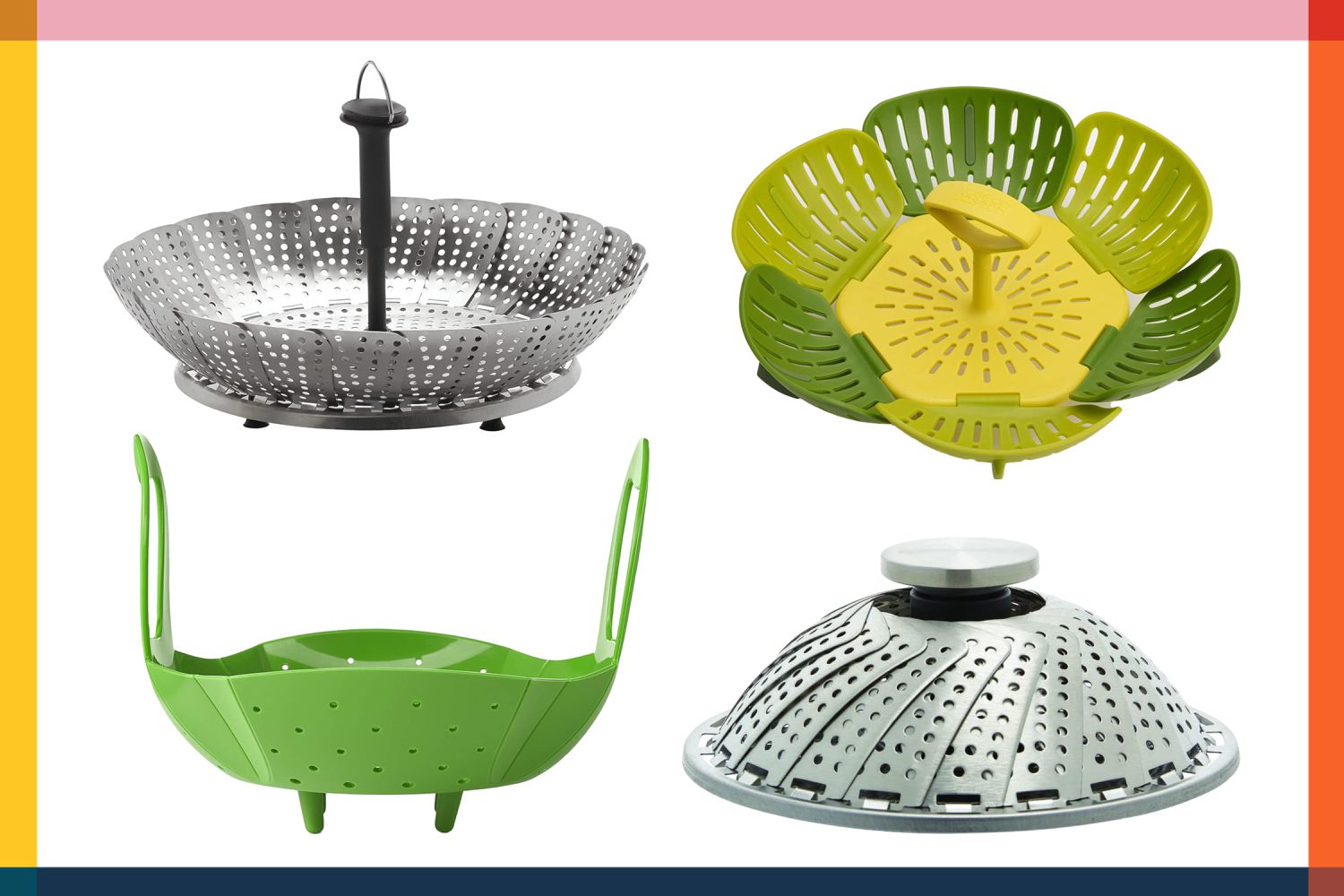
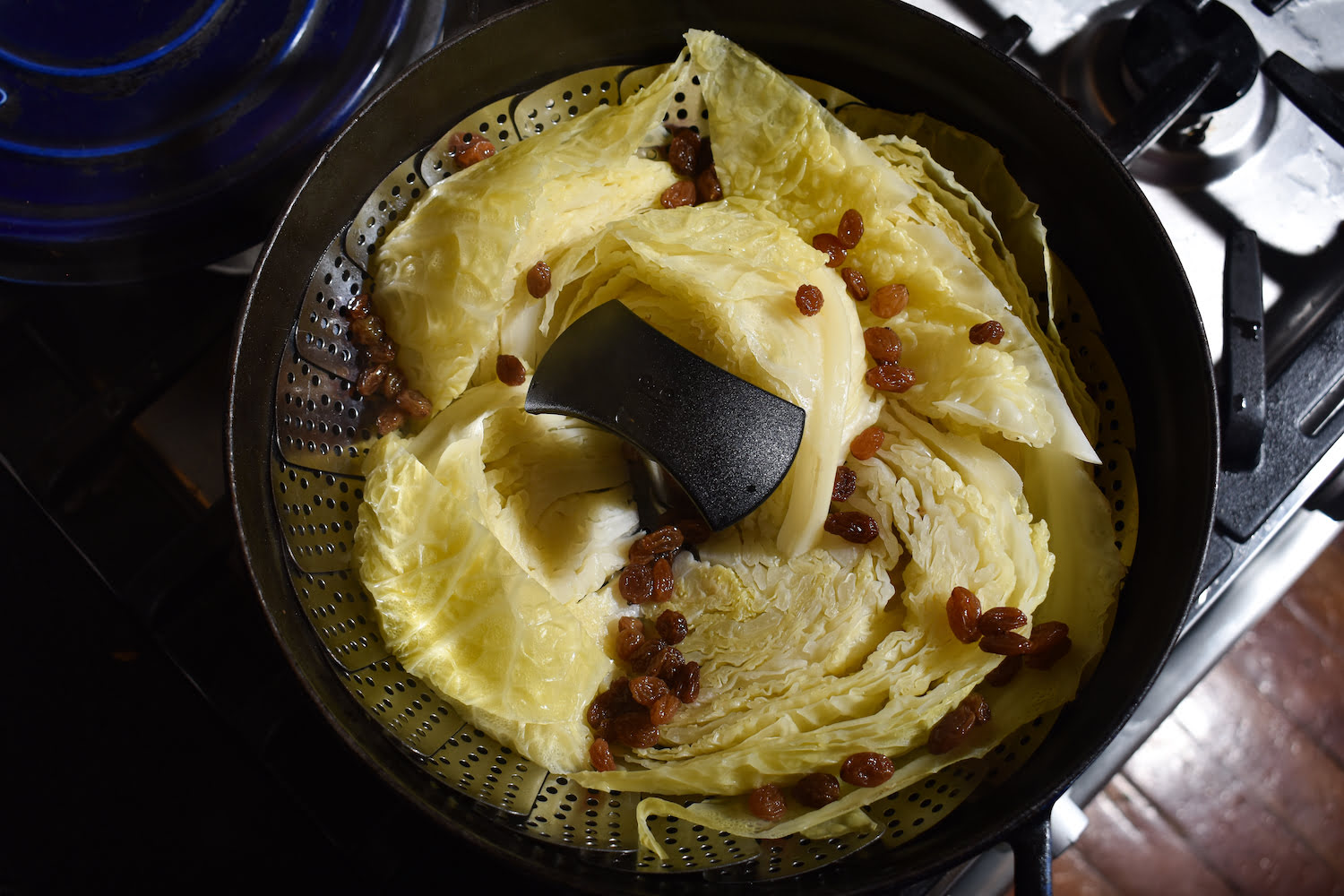

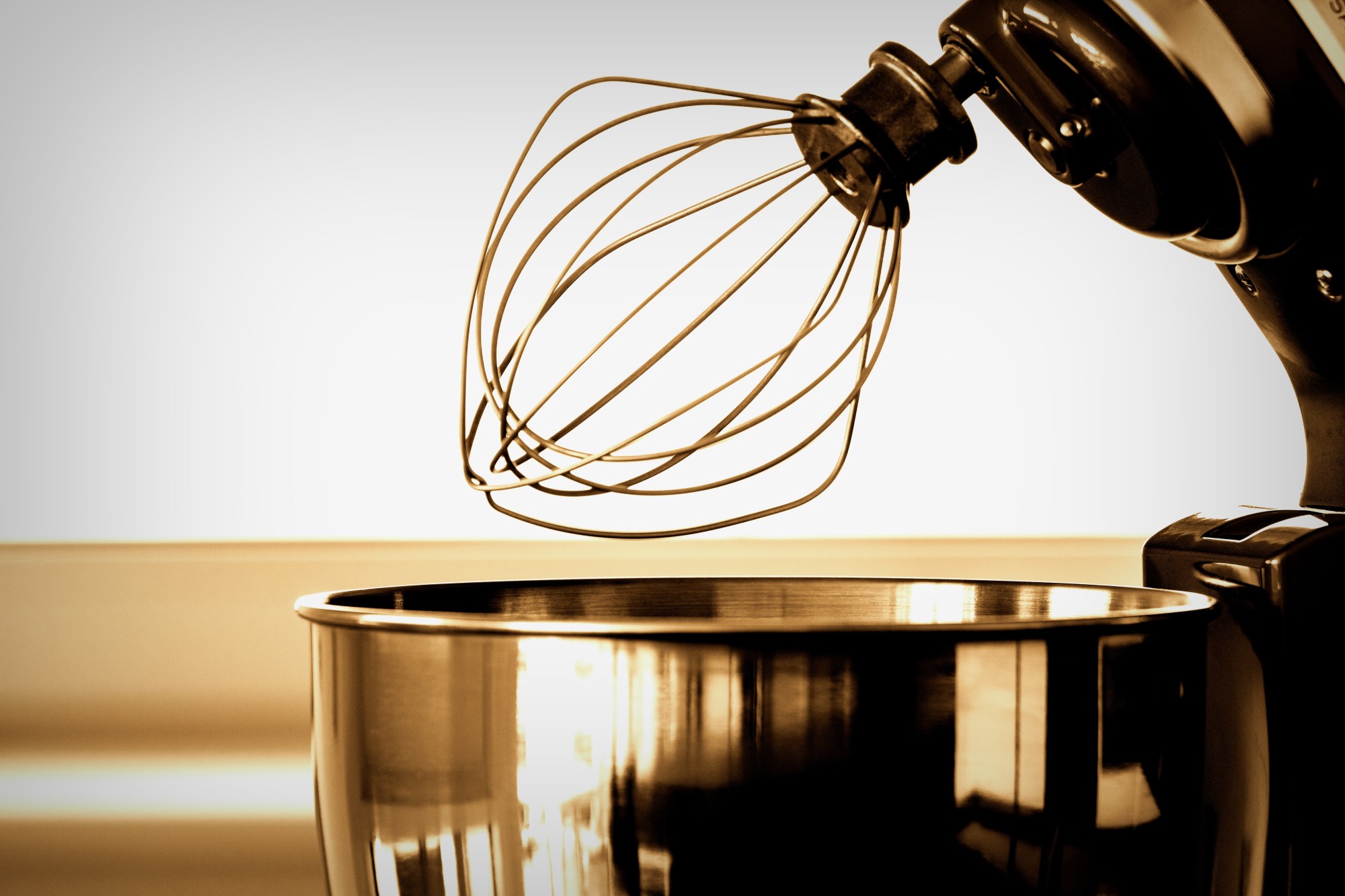

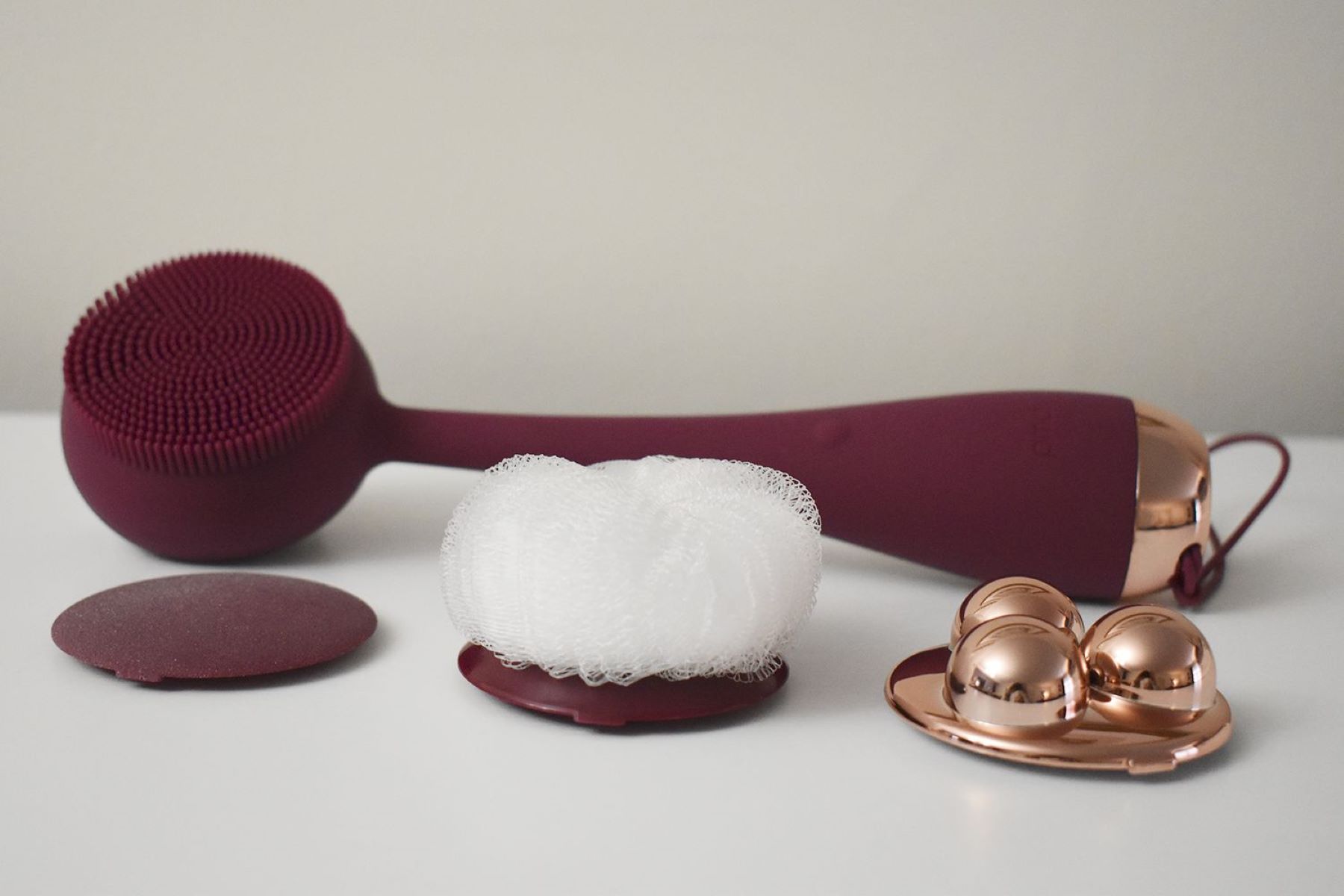


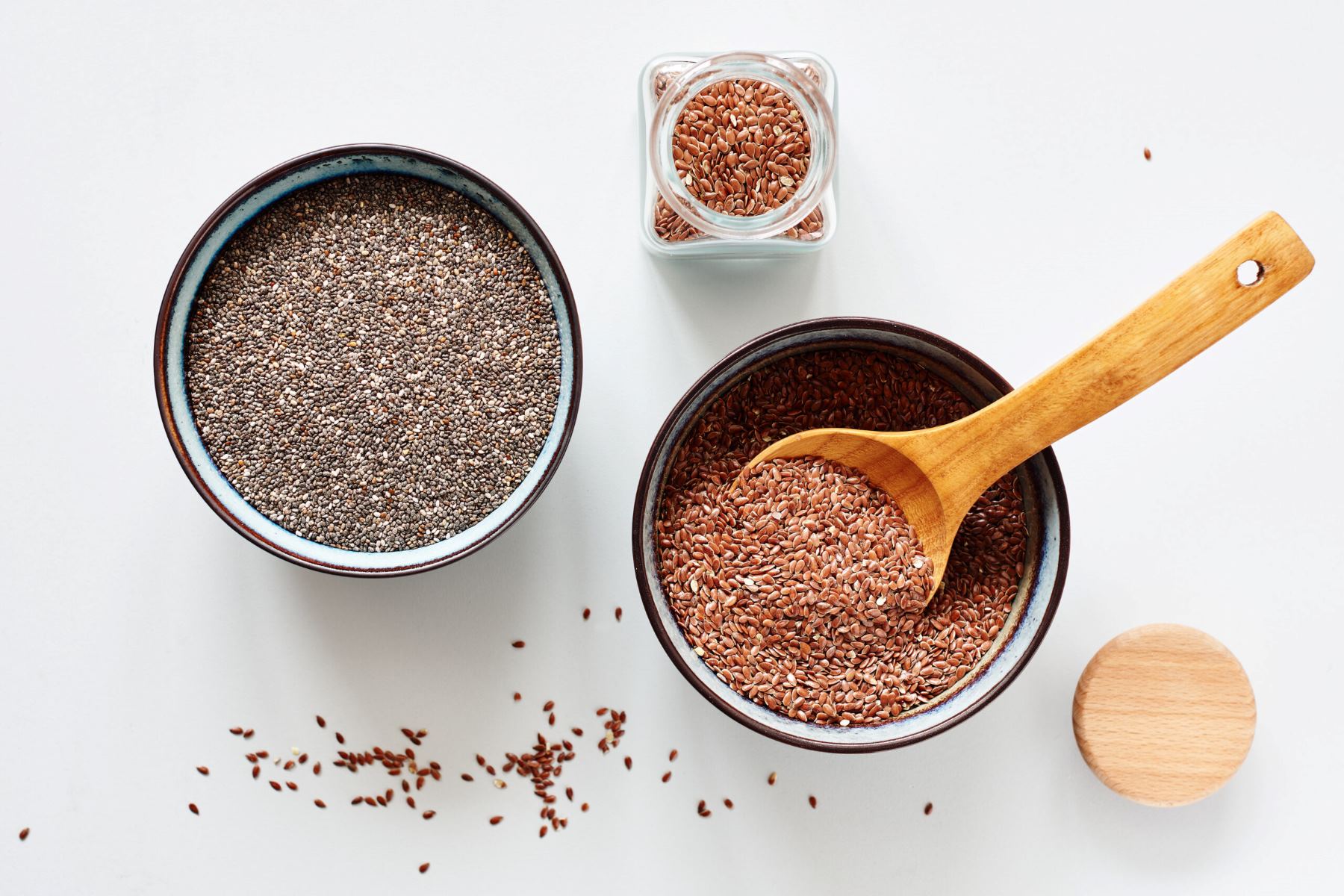
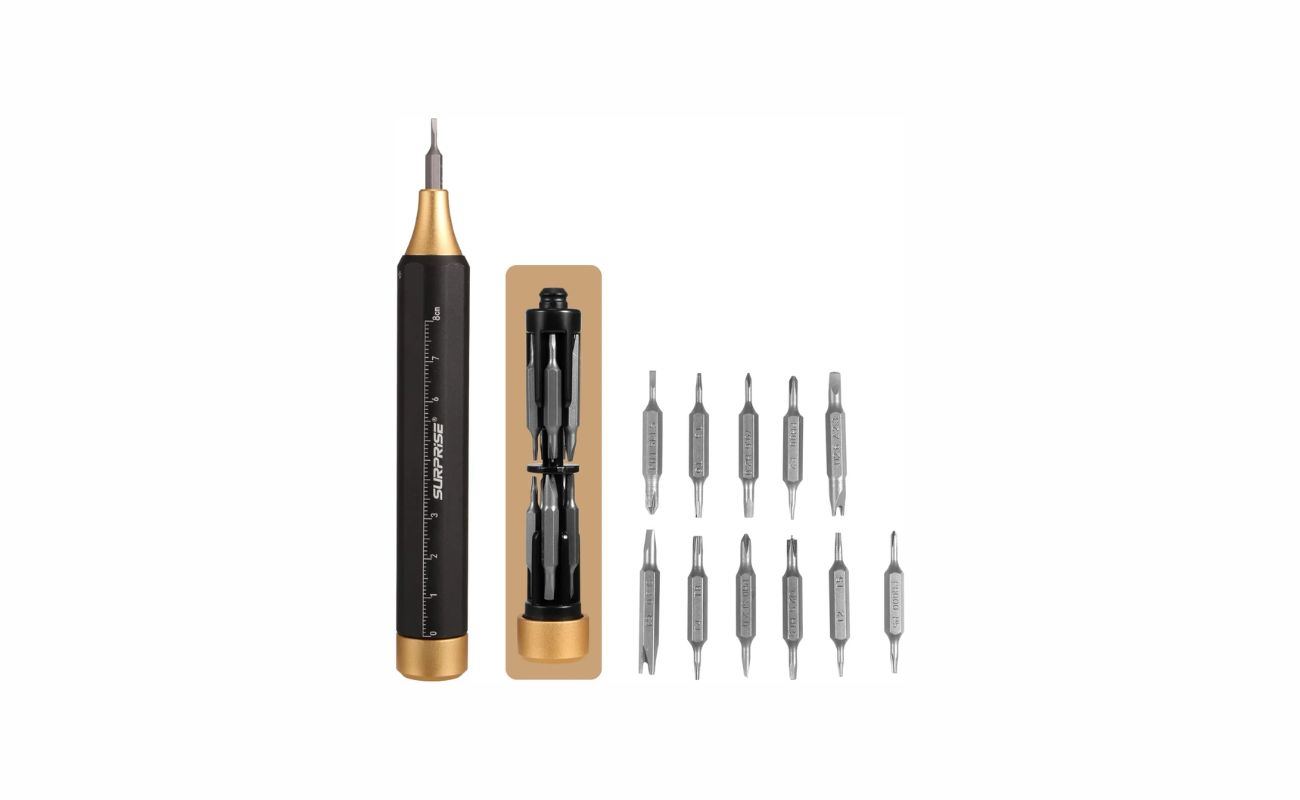
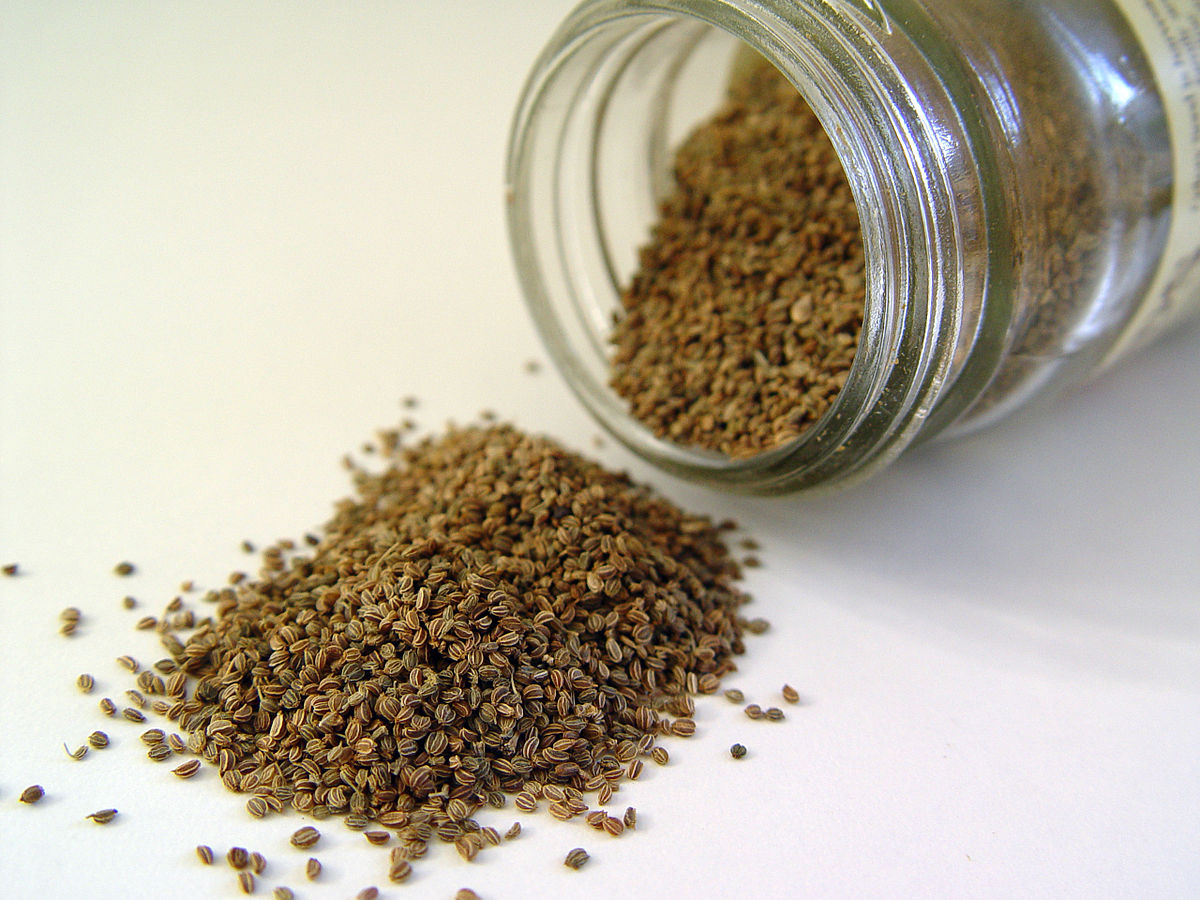
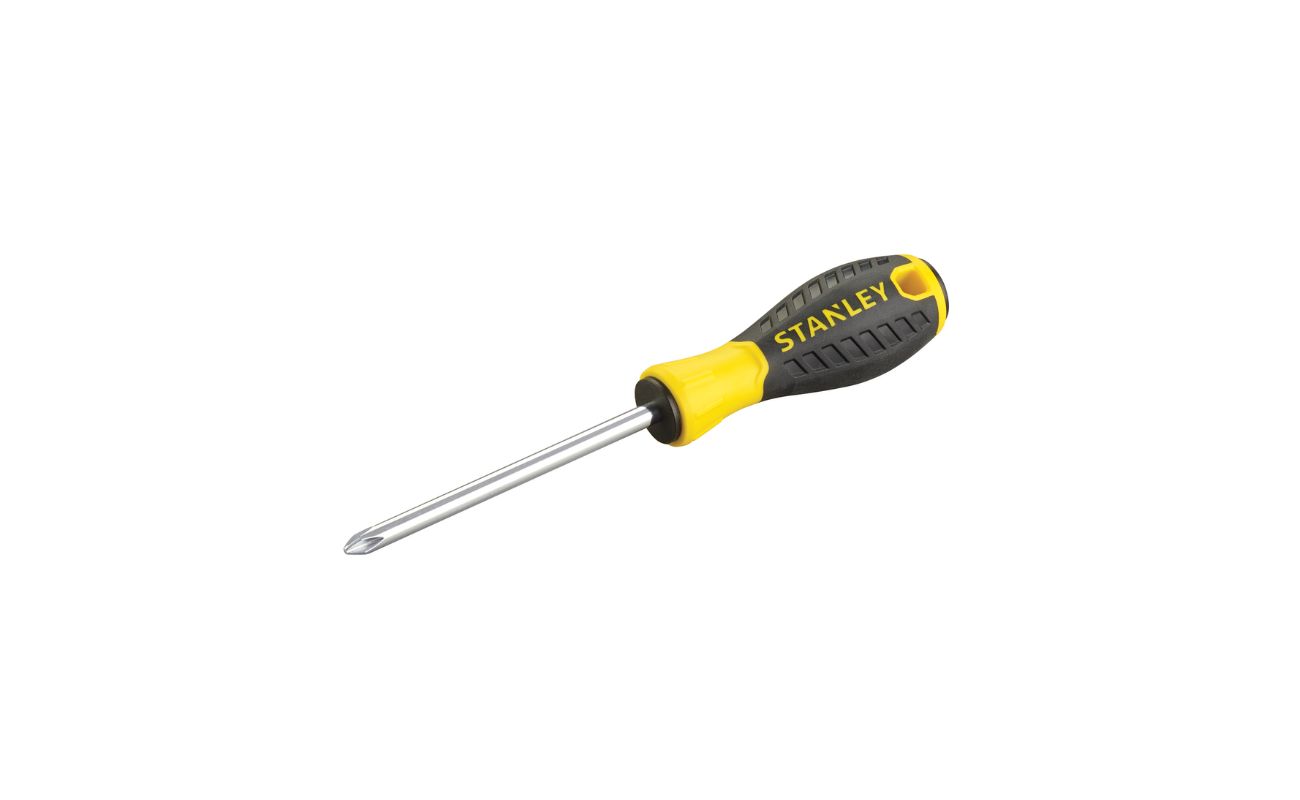


0 thoughts on “What To Use Instead Of A Steamer Basket”